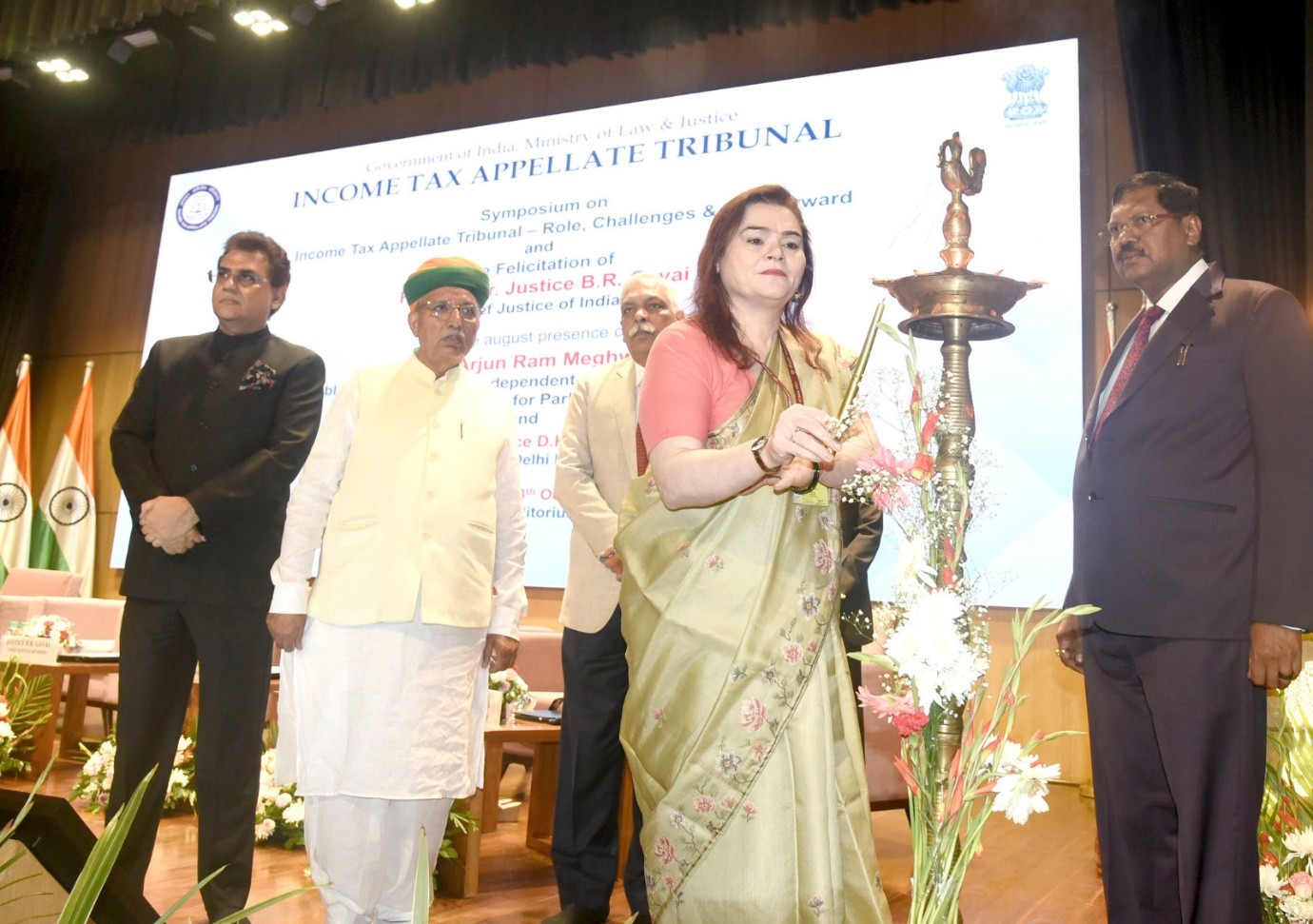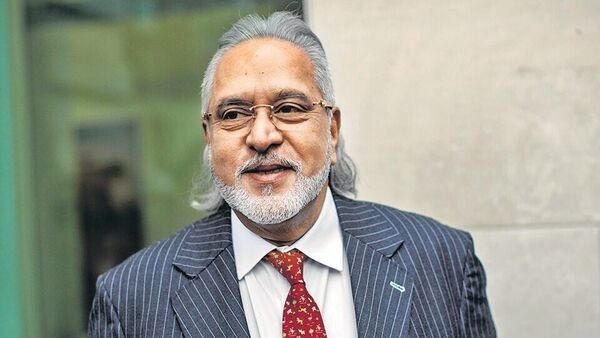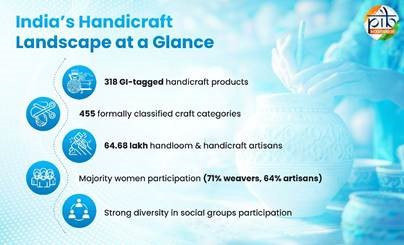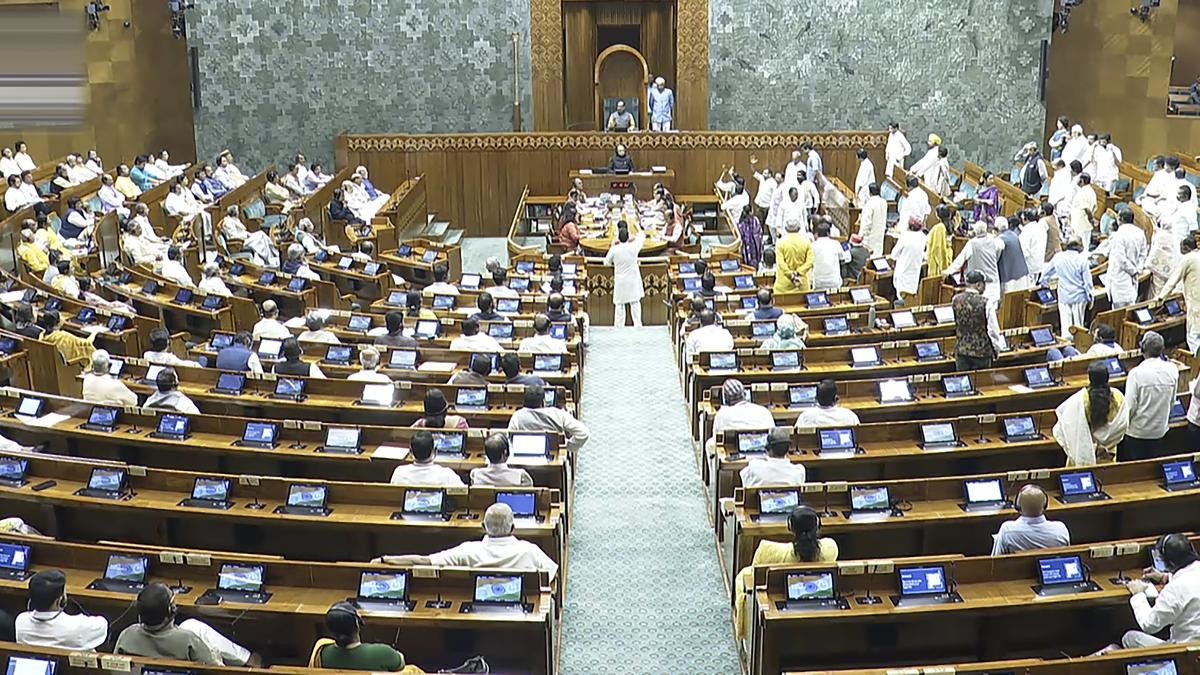Description
Copyright infringement not intended
Picture Courtesy: PIB
Context:
The Income Tax Appellate Tribunal (ITAT), one of India’s oldest and most respected quasi- judicial bodies, marks 84 years.
History:
- Origin and Establishment of ITAT: The Income Tax Appellate Tribunal (ITAT) was founded in January 1941 as a quasi-judicial authority designed to resolve income tax disputes efficiently.
- Role: Recognized as the "Mother Tribunal," ITAT’s success paved the way for the formation of various other tribunals across India
- Authority of ITAT Decisions: The rulings issued by ITAT are generally considered final. However, appeals can be made to the High Court
- Motto: The tribunal functions with the guiding principle of “Nishpaksh Sulabh Satvar Nyay,” which translates to "impartial, accessible, and prompt justice."
Evolution:
Initially, ITAT started with three benches at Delhi, Kolkata, and Mumbai, staffed by six members. Over time, the number of benches has grown substantially. Currently, there are 63 benches spread across 27 cities, covering almost all locations where High Courts are situated.
Structure of ITAT Benches:
The Income Tax Appellate Tribunal (ITAT) generally hears cases through division benches, each comprising two members — one with legal expertise (judicial member) and the other with financial or accounting background (accountant member).
- Judicial Members: Typically selected from practicing lawyers or members of the judiciary, they bring legal expertise to the bench.
- Accountant Members: Usually drawn from the ranks of experienced chartered accountants or senior officers of the Income Tax Department.
- Decision-Making Process: For a decision to be finalized, both members must agree. If there is a difference of opinion, the case is referred to a third member.
Challenges of ITAT:
- Administrative Autonomy Under Pressure: The Income Tax Appellate Tribunal (ITAT) has consistently faced challenges in safeguarding its independence, particularly due to its administrative alignment with the Ministry of Law and Justice and the Ministry of Finance.
- Changes in Tenure and Eligibility: Recent reforms have altered the nature of ITAT appointments shifting from permanent positions to fixed-term tenures and revising eligibility requirements.
- Issue in selection: In 2017, the central government made significant changes to the composition of the ITAT member selection committee. These changes included the addition of representatives from the Ministry of Law and Justice and other government nominees.
- Consequence: In 2020, the Supreme Court struck down the revised rules in the landmark Rojer Mathew v. South Indian Bank (2020) The Court emphasized the necessity of judicial participation in selecting tribunal members and highlighted that the lack of it contradicted constitutional principles.
- Issue of Pendency of case: Around 6.85 lakh crore disputes are pending before ITAT, according to CJI.
- Lower Vacancies and Poor Infrastructure
- Lack of Uniformity
Way Forward:
- There is a need for a dedicated Tribunal Commission to manage appointments, finances, and overall administration of tribunals. This idea aligns with the Law Commission’s 162nd Report, which had proposed setting up a National Administrative Appellate Tribunal above the High Courts.
- A Central Tribunal Division within the Ministry of Law and Justice should be instituted to bring coherence to tribunal functioning.
- To tackle the growing case backlog, a two-shift working model for tribunals should be implemented.
- Tribunals must prioritize the appointment of subject-matter experts rather than relying on retired civil servants.
- Tribunal procedures should be fully digitized through an integrated e-Tribunals platform, enabling real-time case tracking, digital submissions, and remote hearings.
Source: PIB
|
Practice Question
Q. Critically examine the challenges faced by tribunals in India. Suggest comprehensive reforms to enhance their independence, efficiency, and public trust. (250 words)
|
Frequently Asked Questions (FAQs)
A tribunal is a quasi-judicial body established to adjudicate disputes in a specific domain, such as tax, service matters, or environment. Tribunals aim to offer specialized, speedy, and less formal dispute resolution than traditional courts.
Tribunals in India are backed by:
- Article 323-A: Deals with administrative tribunals (e.g., CAT).
- Article 323-B: Provides for other tribunals (e.g., for taxation, land reforms, labour, etc.).
- Income Tax Appellate Tribunal (ITAT)
- Central Administrative Tribunal (CAT)
- National Company Law Tribunal (NCLT)
- National Green Tribunal (NGT)
- Armed Forces Tribunal (AFT)
- Securities Appellate Tribunal (SAT)











